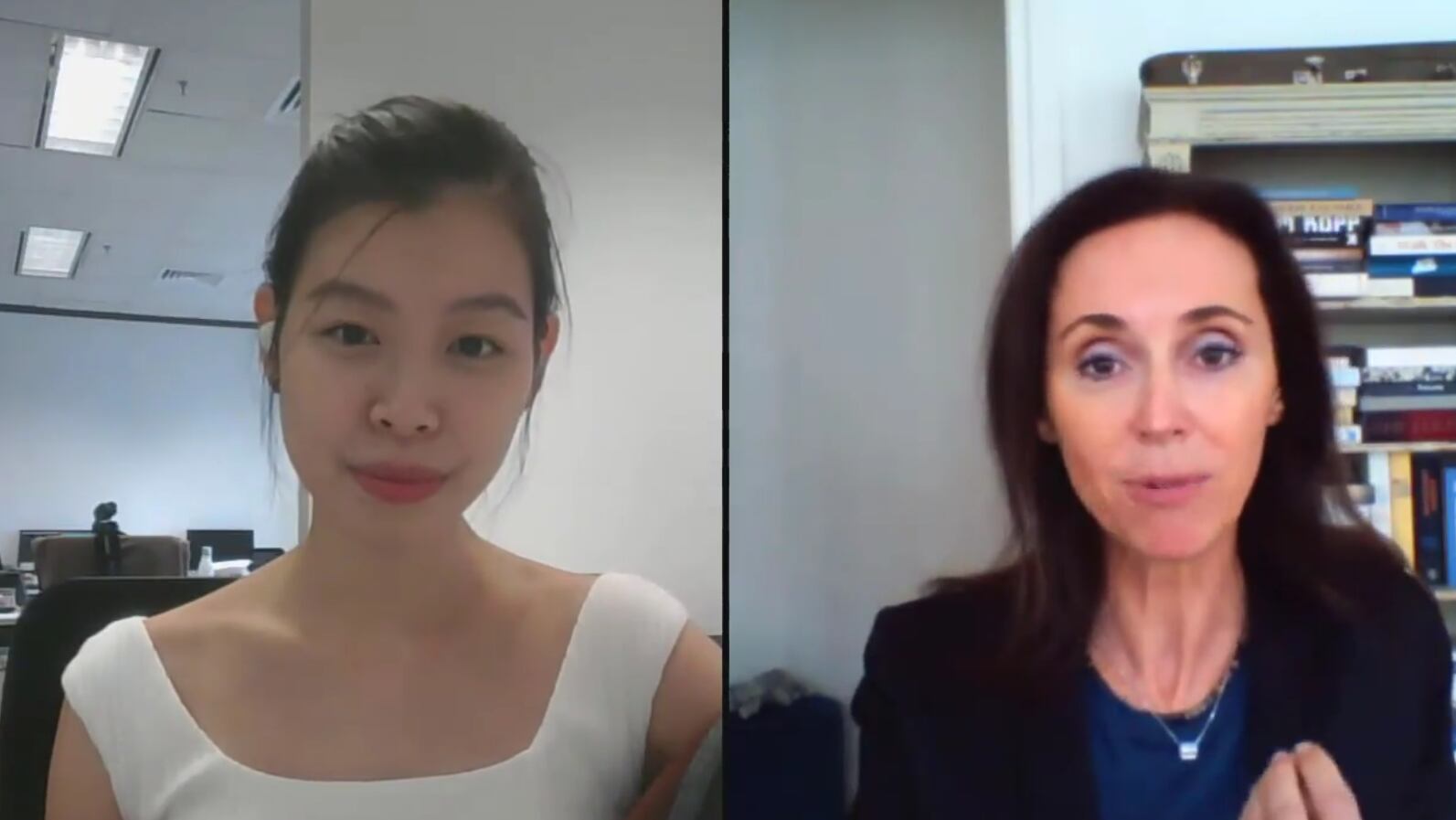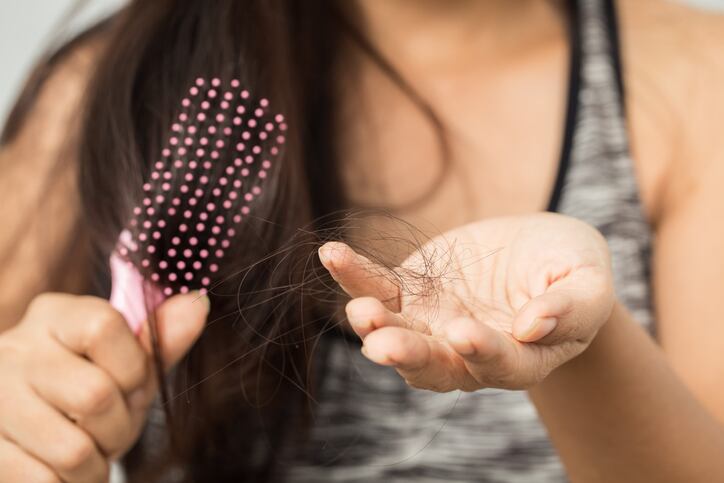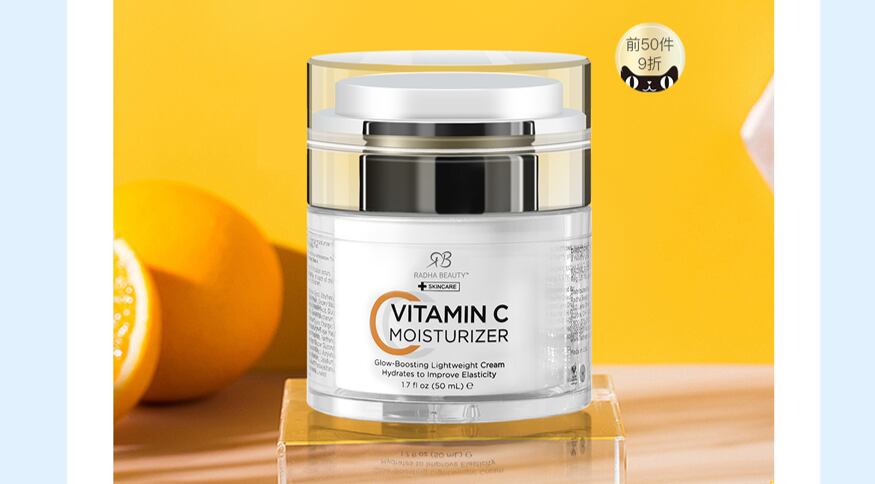Polycare Split Therapy is a natural functional active ingredient for shampoos, conditioners and serum that efficiently repairs split ends.
The ingredient is derived from the guar plant that is sustainably sourced from India and non-ecotoxic.
Recently, Solvay’s research and innovation team have discovered new properties of the active that it believes will fulfil the needs in the current hair care market.
According to the Belgian firm, the active can be added into bleaching colouring agents to protect the hair against damage.
“That was a real challenge because it would have to survive at a high pH for 30 to 45 minutes to provide that damage protection. We were very happy to discover these powerful properties,” said Stephanie Neplaz, international head of innovation marketing for hair care.
The company claims this to be novel in the market and expects this new discovery to be a hit among consumers.
“There's a huge expectation from the market. Consumers want to bleach and colour their hair, but they know it is damaging. To have an elixir that you can add into the bleaching and colouring chemicals to avoid damage is something that is going to be really successful,” said Neplaz.
Damaged hair treated with Polycare Split Therapy was observed to be able to withstand multiple washings, repeated combings and excessive heat exposure from flat or curling irons.
The firm’s test also showed a resistance to washing after the serum was applied to the damaged hair.
After one neutral shampoo application, 100% of the reparation remained, while 97% remained after three neutral shampoos and 82% after 10 neutral shampoos.
This performance supports the claim of durability as most of the repair was retained after just one serum application.
Such a solution is especially important now given the situation with the novel coronavirus (COVID-19) pandemic.
“Now with less visits to the salons, people will need the results to last longer between sessions. You can see how having such actives will be a gamechanger. Consumer will not only be able to see change immediately but they can also have lasting change,” said Neplaz.
She elaborated that moving forward, consumers will no longer want to compromise between style and health.
“Consumers don’t want hair ‘make-up’ that will cover up the issues and be washed down the drain with one shampoo. They are ready to pay for something that works, that has long-lasting efficacy.”
Biggest opportunities in Asia
Neplaz told CosmeticsDesign-Asia that the firm is focusing its efforts on the hair repair category, especially in Asia.
“Naturally, Asian have the strongest hair, so before we didn’t think we had anything to bring to the market in terms of repair products. But now, the Asian consumer is putting their hair through colouring, bleaching, hot ironing… it has changed the condition of the hair completely.”
Neplaz elaborated that the biggest opportunities in Asia lie in China.
“For us, China is a super target. The younger consumers are interested in personalising their hair as a way to break away from the past generation. China is no longer a follower, they are leading the trend worldwide in terms of hair colour, making it a huge market for damaged hair.”
With such a strong need in the market, Solvay is working to create a natural palette of hair care repair solutions and will be launching more ingredients in the near future.
Furthering research into hair repair
In the long term, Solvay intends to pursue research in the direction of hair repair by looking into the hair fibre.
“We have spent years studying the hair fibre, but now it’s time to go inside to extract the potential of what we can do in terms of hair repair from the inside. It’s brand new territory,” said Neplaz.
Moving forward, the market is expected to focus more on long-lasting repair and the firm believes that by looking internally, it can rebuild broken bonds from within.
“We could use pseudo-keratin to strengthen the bonds in the hair, giving you strong, healthy hair. We can work on different axes to fortify the hair from the inside out and reset the hair to bring it back to its virgin state. This is going to be the key,” said Neplaz.





